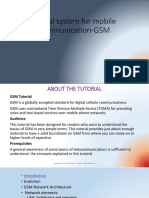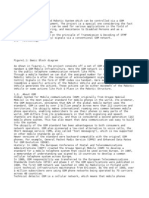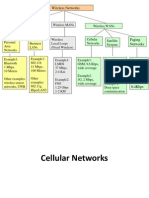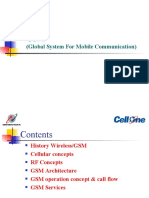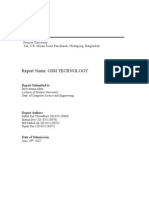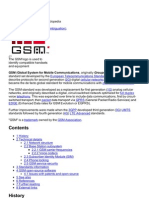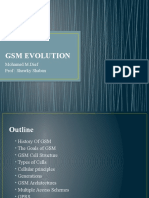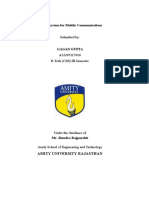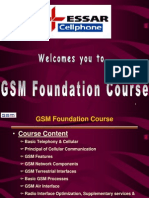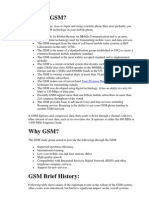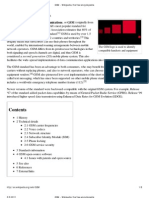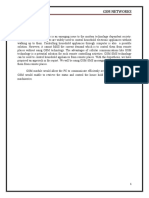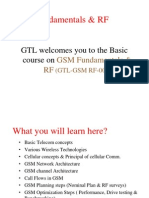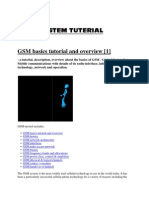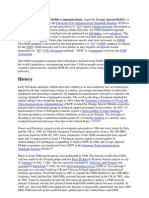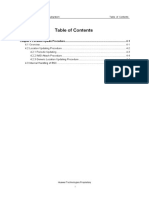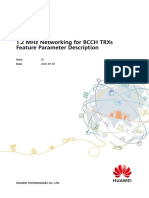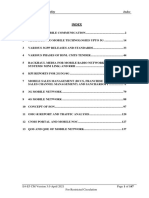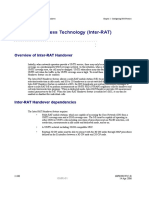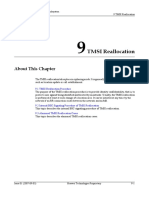0% found this document useful (0 votes)
108 views24 pagesGlobal System of Mobile Communications (GSM)
GSM is the most widely used global standard for mobile phone networks. It uses TDMA and FDMA to allow multiple users to access the same frequency channel at different times. GSM operates in various frequency bands and has evolved over time to support newer technologies like GPRS, EDGE, and others, while remaining backward compatible. The standard enables international roaming between mobile carriers across most countries.
Uploaded by
Sunny SinghCopyright
© Attribution Non-Commercial (BY-NC)
We take content rights seriously. If you suspect this is your content, claim it here.
Available Formats
Download as DOCX, PDF, TXT or read online on Scribd
0% found this document useful (0 votes)
108 views24 pagesGlobal System of Mobile Communications (GSM)
GSM is the most widely used global standard for mobile phone networks. It uses TDMA and FDMA to allow multiple users to access the same frequency channel at different times. GSM operates in various frequency bands and has evolved over time to support newer technologies like GPRS, EDGE, and others, while remaining backward compatible. The standard enables international roaming between mobile carriers across most countries.
Uploaded by
Sunny SinghCopyright
© Attribution Non-Commercial (BY-NC)
We take content rights seriously. If you suspect this is your content, claim it here.
Available Formats
Download as DOCX, PDF, TXT or read online on Scribd
/ 24








